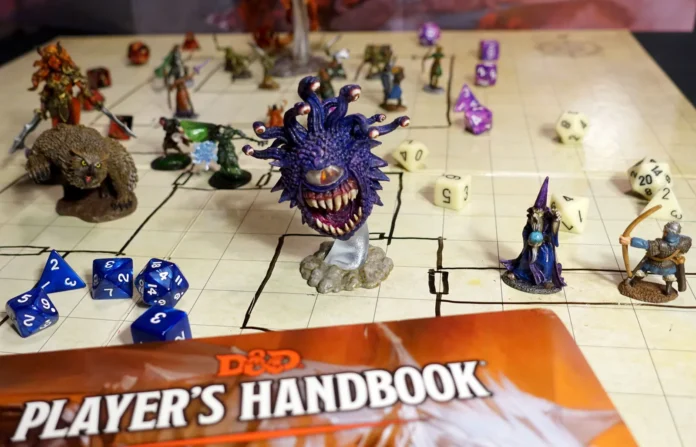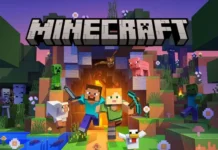Have you ever wondered what it feels like to battle dragons, explore ancient ruins, or negotiate with mystical beings? Within the imaginative realm of Dungeons and Dragons, these adventures (and countless more) await. Whether you’re a novice or a seasoned gamer looking to rekindle your passion, this guide will equip you to embark on your next epic quest.
Let us roll the dice and begin our journey! Mind that you will also need a map to play it on. All of what we are talking about can only come after you have somewhere to play the game. Therefore, check out Battle Maps and pick your favorite one.
Getting Started with Character Creation
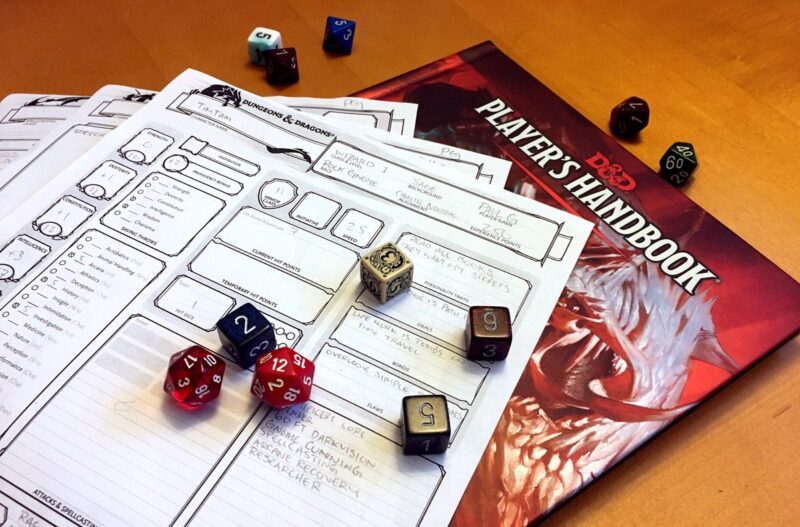
When taking your first steps into this vast universe, begin by envisioning the protagonist of your tale. Will they be a brave knight, a cunning rogue, or perhaps a wise wizard? This decision is foundational. From physical appearance to their innate talents, crafting your character is akin to molding clay.
Next, delve into attributes and abilities. These not only define your character’s strengths and weaknesses but play a pivotal role in influencing in-game decisions and actions. Remember, balance is key. While it might be tempting to craft the strongest warrior, vulnerabilities can make the narrative more intriguing.
Last but not least, choose a race. In the universe of D&D, races range from the familiar, like elves and dwarves, to the more exotic like tieflings or dragonborn. This choice will influence how your character interacts with the world and its inhabitants, adding layers of depth and complexity to your journey.
Exploring the Game Mechanics
D&D, at its core, is a game of choices powered by dice. When attempting an action, players often roll a twenty-sided die (d20) to determine success or failure. This randomness injects suspense into the game, making outcomes unpredictable and exciting.
Though dice play a central role, strategy is equally essential. Each choice, whether in combat or conversation, carries weight. The game’s beauty lies in its myriad possibilities. One choice might lead to treasure and glory, while another could spell doom.
Beyond rolling dice and strategizing, understanding the different phases of gameplay is crucial. There’s exploration, where you investigate your surroundings; interaction, which involves dialogues with NPCs (Non-Player Characters); and combat, the adrenaline-fueled clashes with foes. Mastering the transition between these phases ensures a seamless gaming experience.
Building Your Character’s Backstory
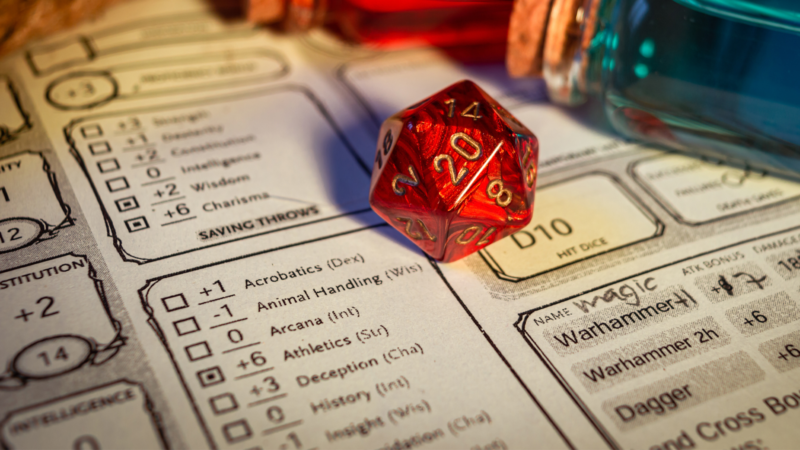
Every hero or anti-hero stems from a past that shapes their present. Was your character orphaned, leading them on a quest for vengeance? Or did they stumble upon a magical relic, setting them on their path? Your backstory isn’t just a tale; it’s the emotional core of your character.
Motivations propel your character forward. Perhaps they’re driven by honor, love, greed, or redemption. This driving force will influence their decisions, alliances, and even conflicts, giving depth to their role in the story.
Assembling Your Adventuring Party
No hero journeys alone. Assembling a team of adventurers, each with unique skills, ensures varied and multifaceted gameplay. Think of a warrior protecting a fragile wizard who, in turn, decimates foes with powerful spells. Their combined strengths offset individual weaknesses.
Chemistry is paramount. While contrasting personalities can lead to engaging roleplay, it’s essential that party members share common goals. This shared purpose binds the group, making them more than just a band of mercenaries.
Navigating the Dungeon Master’s Role
As the Dungeon Master (DM), you’re the universe’s architect, weaving tales and crafting challenges. It’s your vision that breathes life into the narrative, setting the stage for heroes to shine or falter. Embrace creativity, but also ensure fairness.
Being the DM isn’t just about storytelling; it’s also about adaptability. Players will often surprise you with unexpected decisions. Instead of rigidly sticking to your plan, let the narrative evolve organically. This flexibility can lead to unforeseen and memorable moments.
Understanding the Core Rulebooks
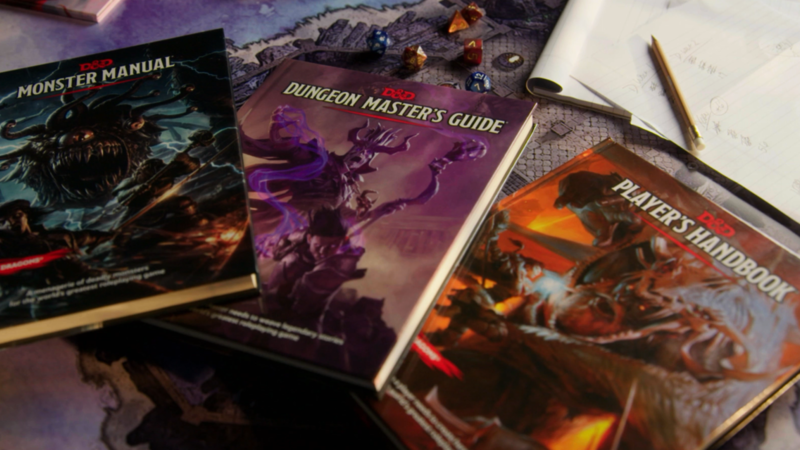
The Player’s Handbook, Dungeon Master’s Guide, and Monster Manual are the trinity of D&D rulebooks. The Player’s Handbook offers insights into races, classes, and basic rules, serving as the primary reference for adventurers.
The Dungeon Master’s Guide is tailored for the DM. From world-building advice to treasure tables and magic items, this tome provides tools to craft a captivating tale. Drawing upon its wisdom can enhance the gameplay manifold.
The Art of Roleplaying
D&D transcends traditional games; it’s a platform for storytelling. Beyond dice and strategies, players inhabit their characters, bringing them to life with emotions, quirks, and flaws. Dive deep, allowing yourself to truly become your character.
Interaction is key. Engage with fellow players, not just as teammates but as their characters. These dialogues, filled with humor, tension, or camaraderie, form the narrative’s heart, making sessions memorable.
Combat and Conflict Resolution
The battle is an integral D&D component, merging strategy with chance. From choosing the right weapon to exploiting an enemy’s weakness, every decision can tip the scales between victory and defeat. But remember, not every battle is won by brute force alone.
Magic, a staple of the fantasy realm, introduces an array of strategic options. Spells can heal allies, control enemies, or manipulate the environment. While potent, they require careful management as their use is often limited.
Exploring the Dungeons and Dragons Universe
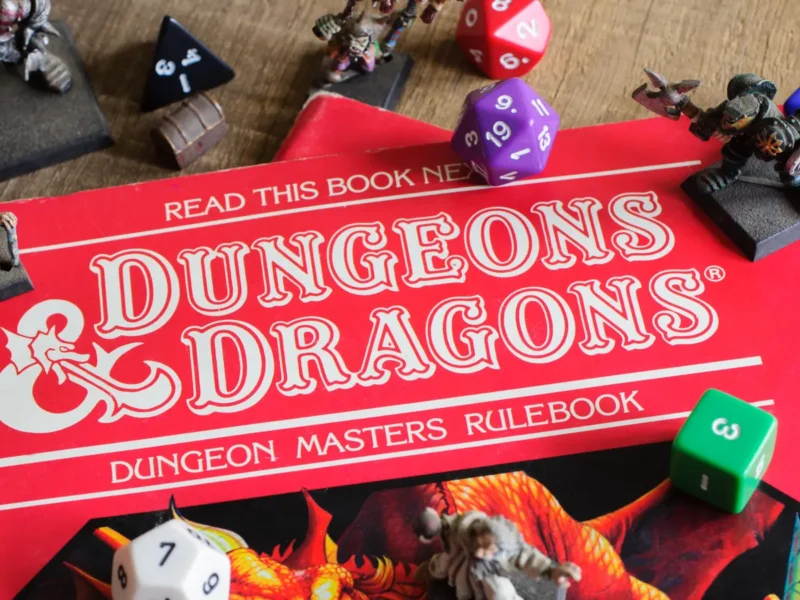
The universe of D&D is vast, spanning diverse realms, each brimming with lore. From the treacherous Underdark to the celestial realms, opportunities for exploration are boundless. As adventurers, you’ll unearth ancient secrets and forge new legends.
While pre-existing campaign settings, like Forgotten Realms or Eberron, offer rich narratives, don’t shy away from creating a unique world. Customize geography, history, and cultures to suit your story, providing a fresh backdrop for adventures.
Tips for Dungeon Masters
Successful DMing blends creativity with preparation. Craft detailed scenarios but be ready to improvise when players zig instead of zag. Remember, their choices, no matter how unpredictable, should steer the narrative.
Engage your players, ensuring everyone gets their spotlight. From the brazen warrior to the introspective mage, every character deserves moments to shine, making their journey worthwhile.
Final Thoughts
Dungeons and Dragons is more than a game; it’s an odyssey through boundless realms, teeming with magic, monsters, and myriad possibilities. As you journey from zero to hero, remember that the essence of D&D lies not in the destination, but in the tales spun, the friendships forged, and the memories etched in the annals of time. Roll the dice, embrace the adventure, and may your tales be legendary!

